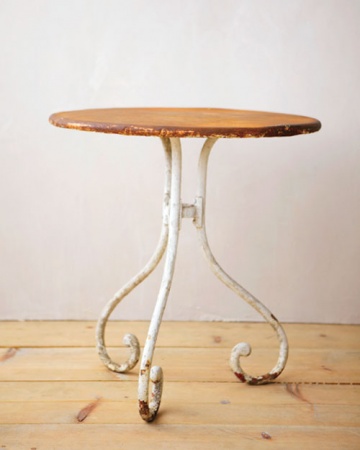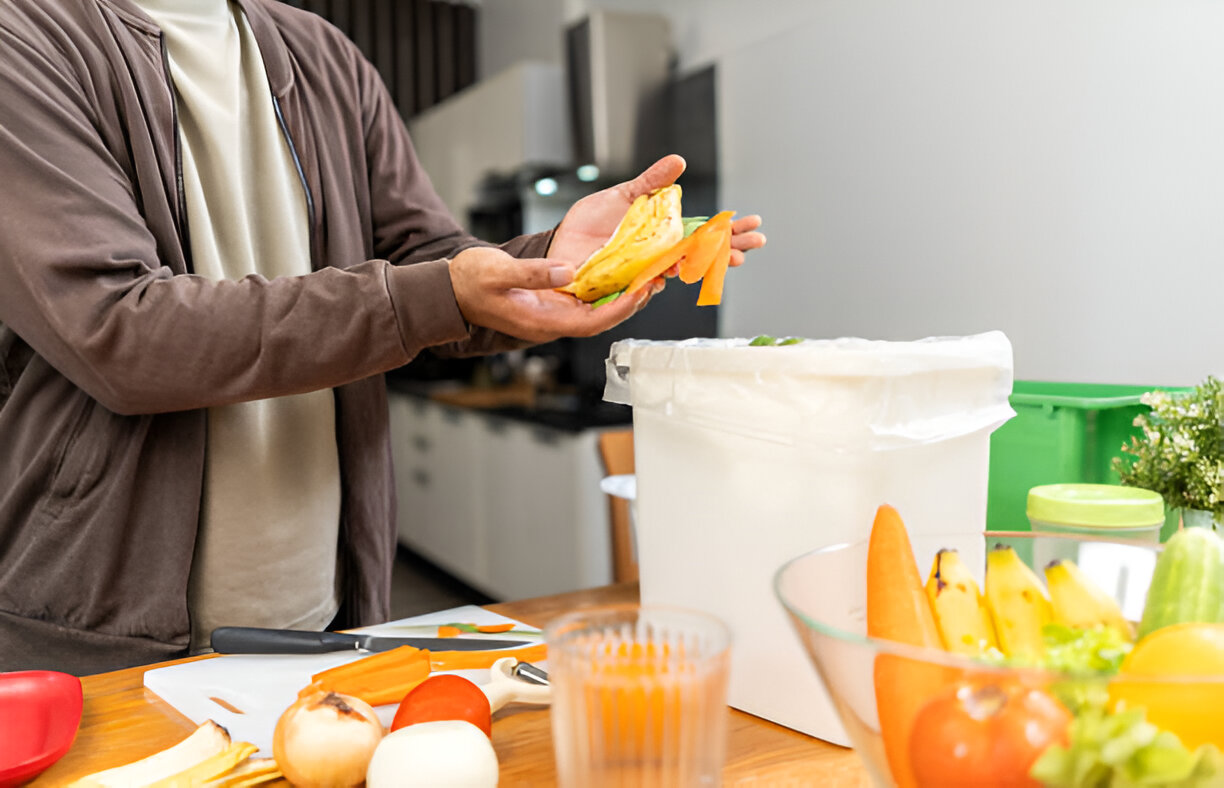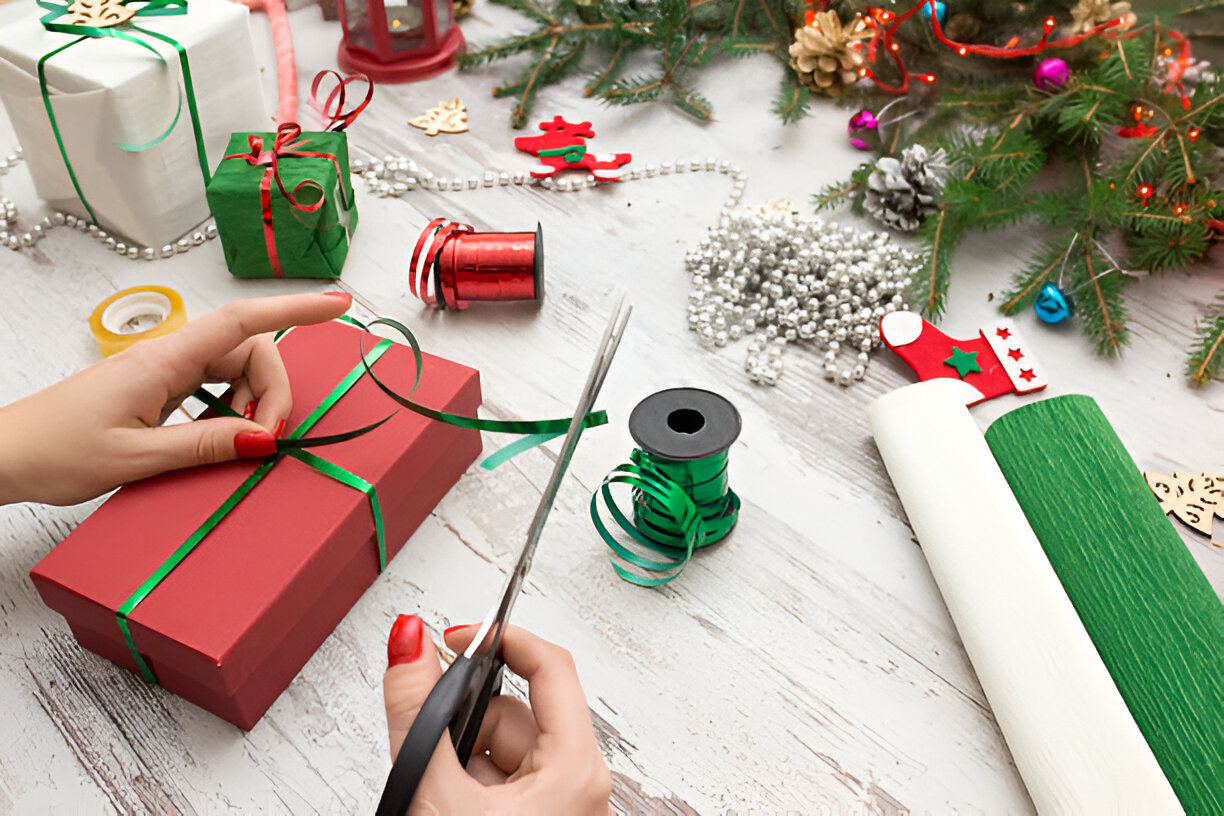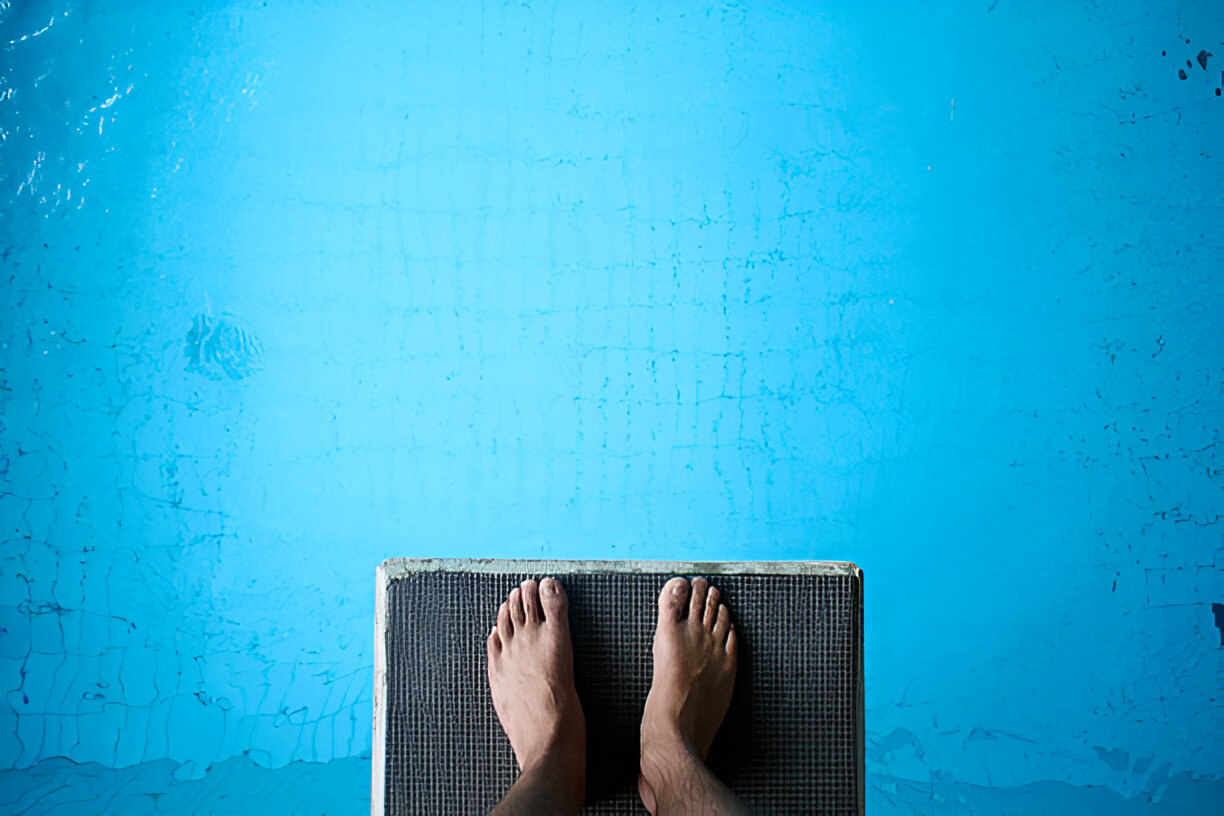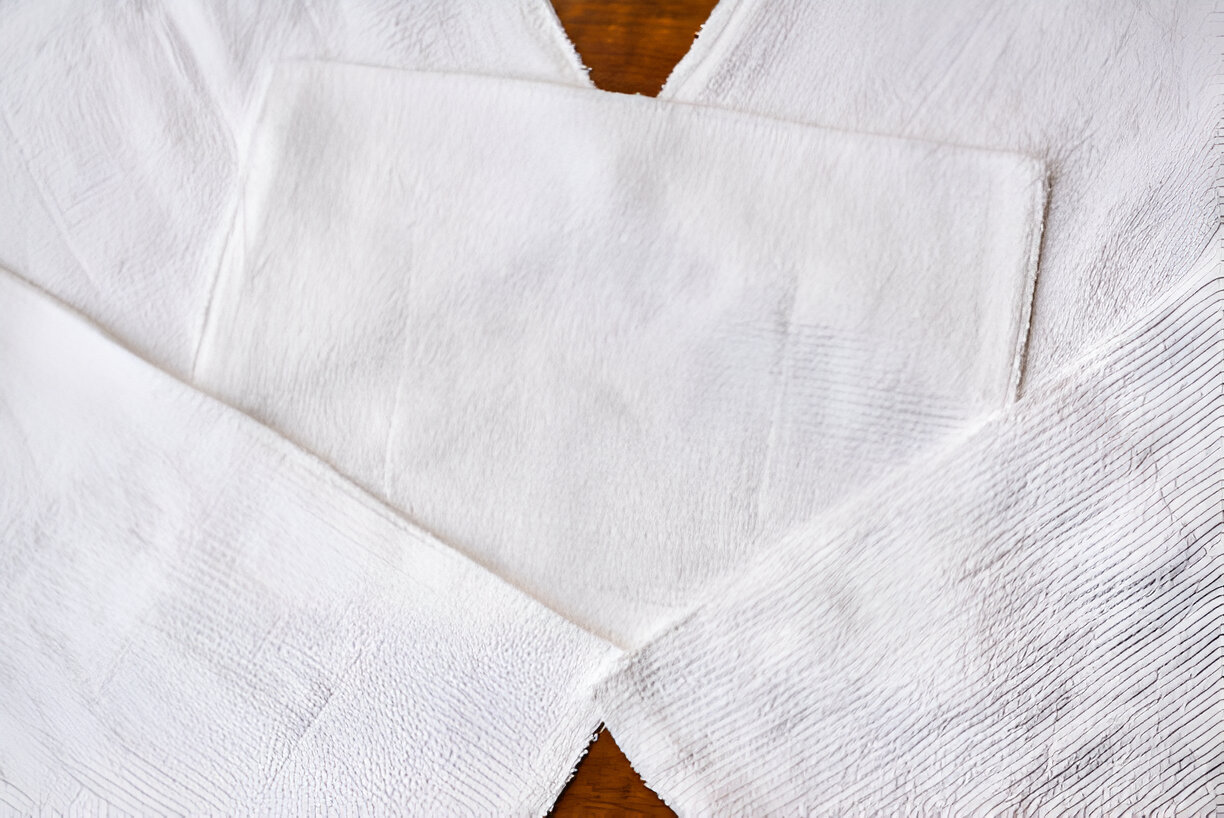While a touch of rust can add character, it compromises the strength of metal. Remove it, then prevent future rusting with a suitable primer and paint.
Table Repair, Step 1:
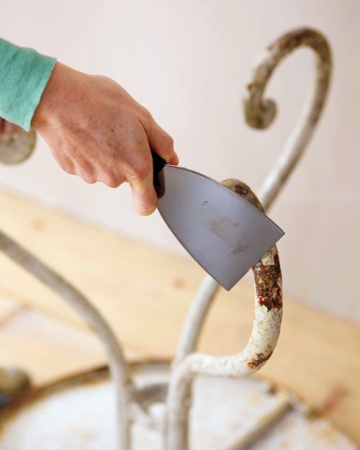
Before repainting, start by removing as much rust as possible. Use a metal scraper for large flakes, follow with a wire brush to tackle the remaining areas, and finish with medium to fine sandpaper to smooth out the surface. Wipe it clean afterward with a rag dampened in mineral spirits.
For light surface rust, green-living expert Annie B. Bond recommends a natural approach: scrub the rusted areas with a paste made from cream of tartar and water.
Table Repair, Step 2
When dry, cover the entire piece with a low-VOC primer, which inhibits rust.
Table Repair, Step 3
After the primer dries, add two coats of high-gloss low-VOC paint. For a foolproof match, pair deep and light shades from the same color family. We used Martha Stewart’s Garden Shed on the top and Bay Leaf on the base
After: A Delightful Display Piece
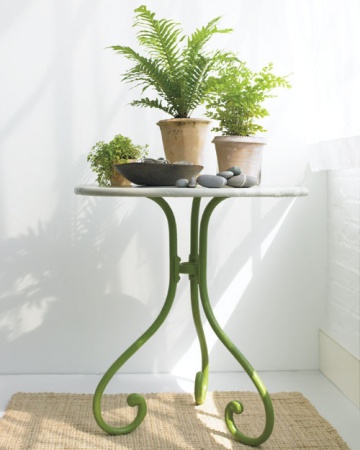
Vibrant colors and a few decorative touches have transformed this old side table into a show-stopping centerpiece.
Before: Mismatched, Stained, or Ripped Cushions
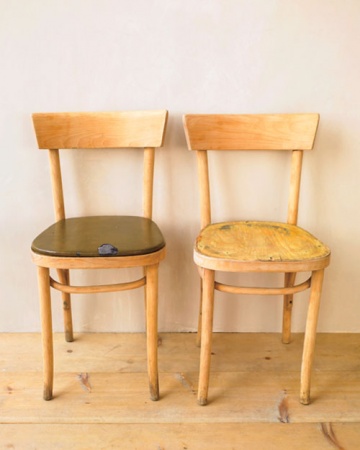
Revamp and modernize your dining chairs with fresh cushions and fabric. For an eco-friendly touch, try repurposing tea towels, blankets, or even old curtains for the upholstery.
Cushion Repair, Step 1
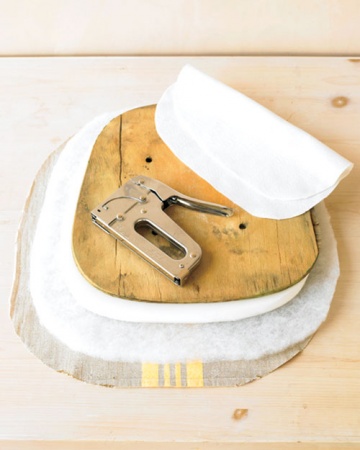
First, remove the old seat by unscrewing it from the frame. Use pliers to pull out any staples, and strip off the old foam. Trace the seat board onto a piece of 1-inch upholstery foam and cut slightly outside the outline.
Next, cut your cotton batting and fabric, leaving a 2-inch margin around the seat, and a piece of felt 1 inch smaller than the seat for a finishing touch. Assemble in this order: fabric (facedown), batting, foam, and then the board.
Cushion Repair, Step 2
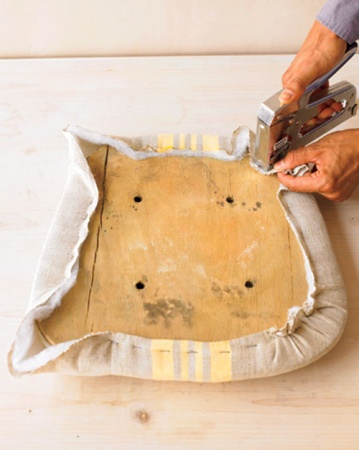
Hold the fabric and batting tightly on one side, and staple it 1 1/2 inches from the edge. Repeat on the opposite side to achieve the correct tension, then staple the remaining sides. For a smooth finish on the corners, pleat the fabric and batting as needed.
Cushion Repair, Step 3
Complete the project by centering the felt on the underside and stapling it 1/2 inch from the edge. Make small holes in the felt to expose the screw holes, then reattach the seat to the chair frame.
After: Matching and Good as New

These chairs appear custom-made for this kitchen—and in a way, they truly are!
How to Fix Water-Stained Wood
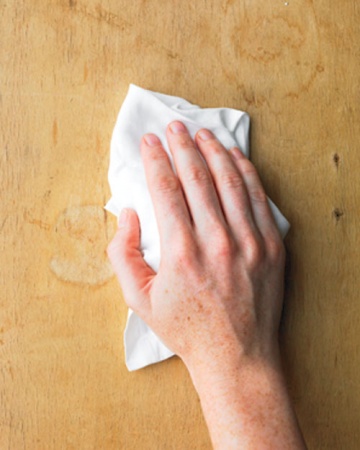
For a freshwater ring (just a few days old), try rubbing it with toothpaste or baking soda using a damp cloth. If the stain is more set, you may need to refinish the wood.
Sand the entire surface, or use a non-toxic option like Soy-It polyurethane stripper with a plastic scraper to strip off the old finish. Wipe clean with mineral spirits. Apply AFM Safecoat DuroStain using a rag, following the wood grain.
